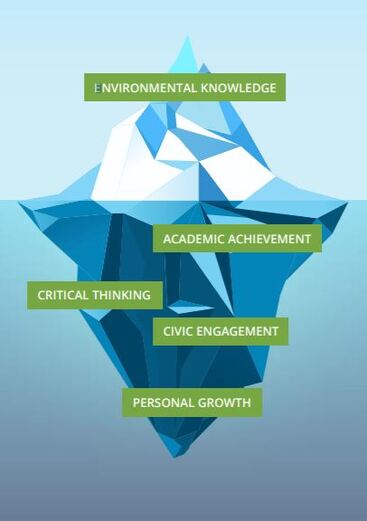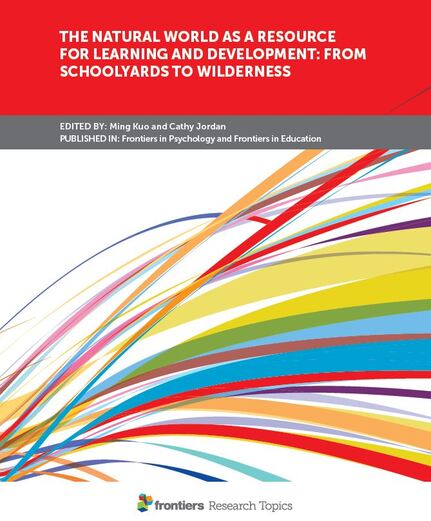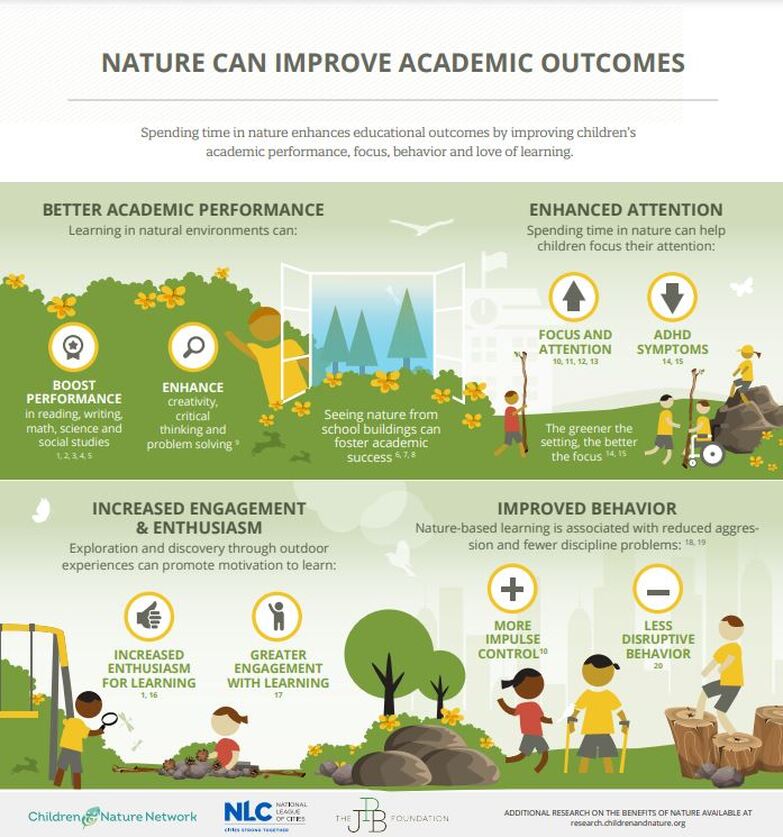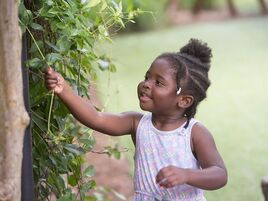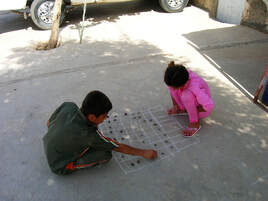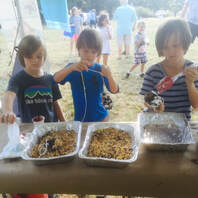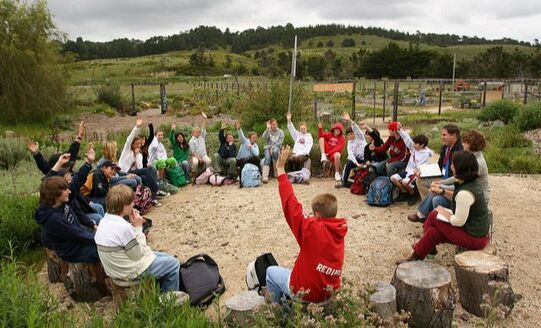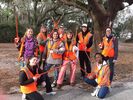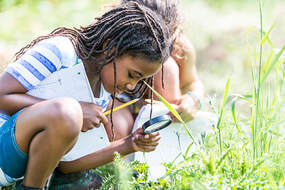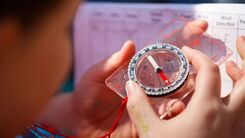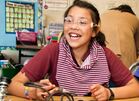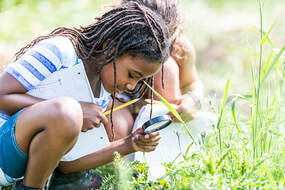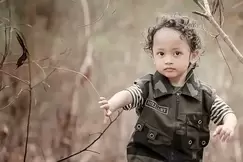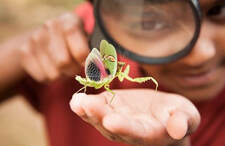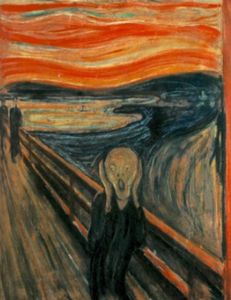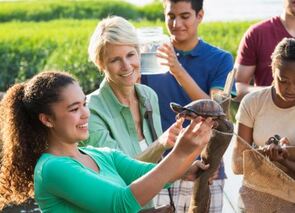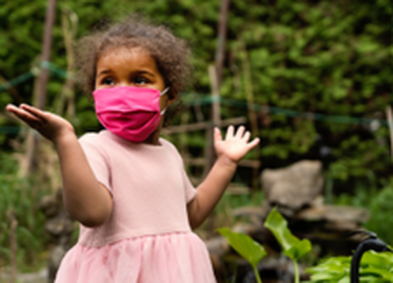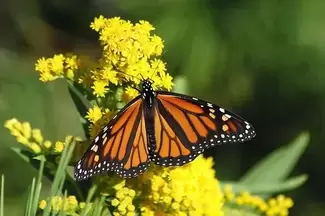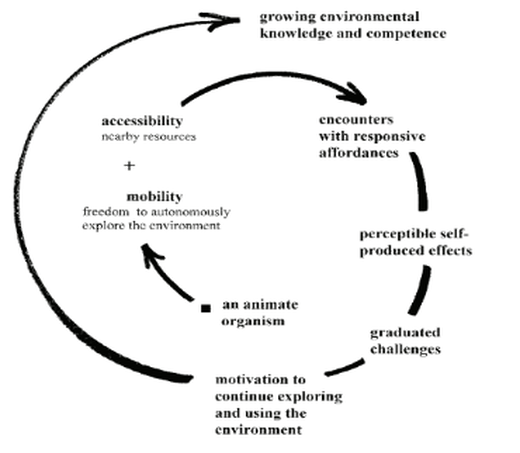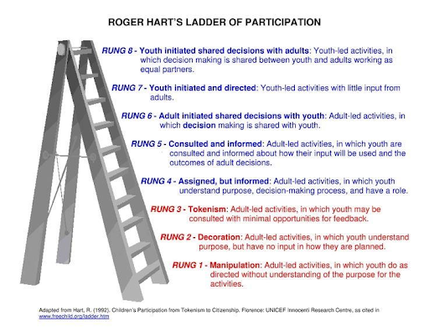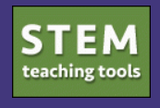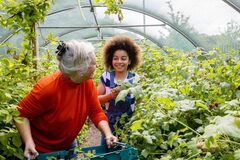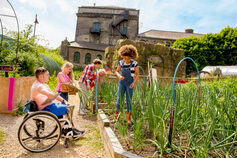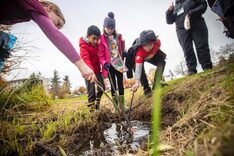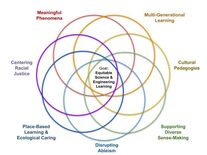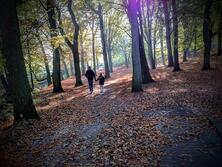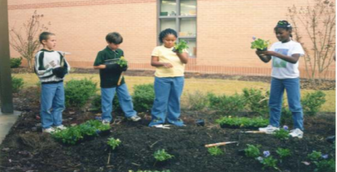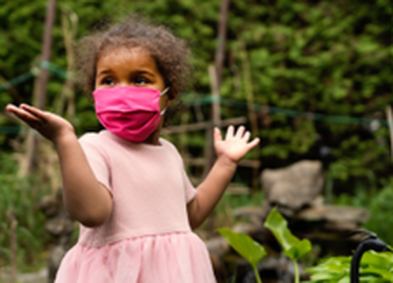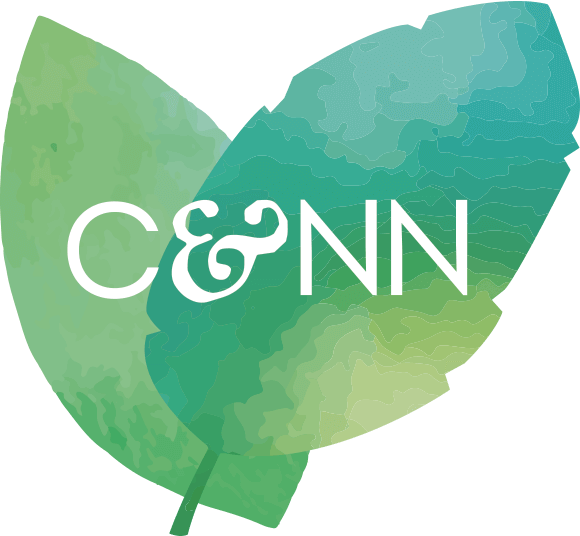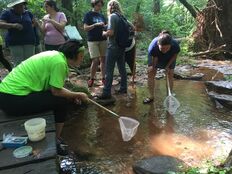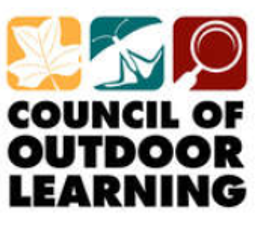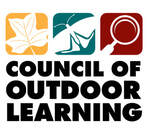Environmental Education Alliance of Georgia
- Our Story
- Our Team
- Our Events
-
Our Resources
- Wildlife Viewing
- Earth Month Activities
- Garden-based Learning
- EcoEngineering Challenges
- Community (Citizen) Science
- Phenomenon-Based Learning
- Problem-Based Learning
- Place-Based Learning
- Project-Based Learning
- Teaching about Climate Change
- Teaching about EJ
- Zero Waste Heroes
- SAGES Project
- Virtual EE Resources
- Environmental Clubs
- Evaluation and Assessment
-
Our Work
- Our News
- Our Impact
- JOIN or GIVE
- Member Portal
- Contact Us
- Outdoor Learning Store
- PassTick2023-4
- Annual Report
- New Page
- Past 2022 EEA Conference
- Past EEA Board 2021-22
- Past 2022 conferenceoverview
- Non-clickable Page
- New Page
- EEA Guest Blog
- Our Story
- Our Team
- Our Events
-
Our Resources
- Wildlife Viewing
- Earth Month Activities
- Garden-based Learning
- EcoEngineering Challenges
- Community (Citizen) Science
- Phenomenon-Based Learning
- Problem-Based Learning
- Place-Based Learning
- Project-Based Learning
- Teaching about Climate Change
- Teaching about EJ
- Zero Waste Heroes
- SAGES Project
- Virtual EE Resources
- Environmental Clubs
- Evaluation and Assessment
-
Our Work
- Our News
- Our Impact
- JOIN or GIVE
- Member Portal
- Contact Us
- Outdoor Learning Store
- PassTick2023-4
- Annual Report
- New Page
- Past 2022 EEA Conference
- Past EEA Board 2021-22
- Past 2022 conferenceoverview
- Non-clickable Page
- New Page
- EEA Guest Blog
EEA's COUNCIL OF OUTDOOR LEARNING
WHAT RESEARCH TELLS US ABOUT
MAKING THE CASE FOR EE & OUTDOOR LEARNING
Nature Experiences, Environmental Education & Outdoor Learning can result in:
|
Stanford Key Findings about Benefits from EE/OL |
Frontiers Special Edition: The Natural World as a Resource |
|
Sources for Infographic
|
This poster is from a collection of research infographics in the Children and Nature Network's free Research Library. Click the button below to find more infographics (in the Resource Hub); to search for research by population, method, outcomes, or barriers; to subscribe to the free monthly research digest; or to read peer-reviewed articles without encountering a paywall. |
WHAT RESEARCH TELLS US ABOUT
EFFECTIVE TEACHING PRACTICES IN EE / OUTDOOR LEARNING
Research-informed Practices in Environmental Education & Outdoor Learning
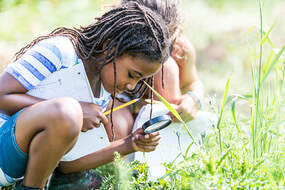
EEA advances research-informed teaching practices based on the ways children connect with nature and learn science, how people come to care about and prioritize the environment, and what factors affect one’s sense of hopelessness or empowerment in the face of environmental challenges.
The long and short of it? It's not enough for educators to impart knowledge about the environment or even to engage students in hands-on learning. Children need opportunities to experience and connect with nature; to conduct investigations and do authentic science while making sense of the environment; to identify and pose solutions for local, real world problems; and to lead and carry out environmental projects they design. Making a difference in the world empowers and motivates students to affect change.
Here are some key takeaways from recent research on environmental education and how these findings can improve the effectiveness of EE. Original research articles can be access by clicking the images or links below.
The long and short of it? It's not enough for educators to impart knowledge about the environment or even to engage students in hands-on learning. Children need opportunities to experience and connect with nature; to conduct investigations and do authentic science while making sense of the environment; to identify and pose solutions for local, real world problems; and to lead and carry out environmental projects they design. Making a difference in the world empowers and motivates students to affect change.
Here are some key takeaways from recent research on environmental education and how these findings can improve the effectiveness of EE. Original research articles can be access by clicking the images or links below.
Nature Experiences Are Foundational for Effective Environmental Education
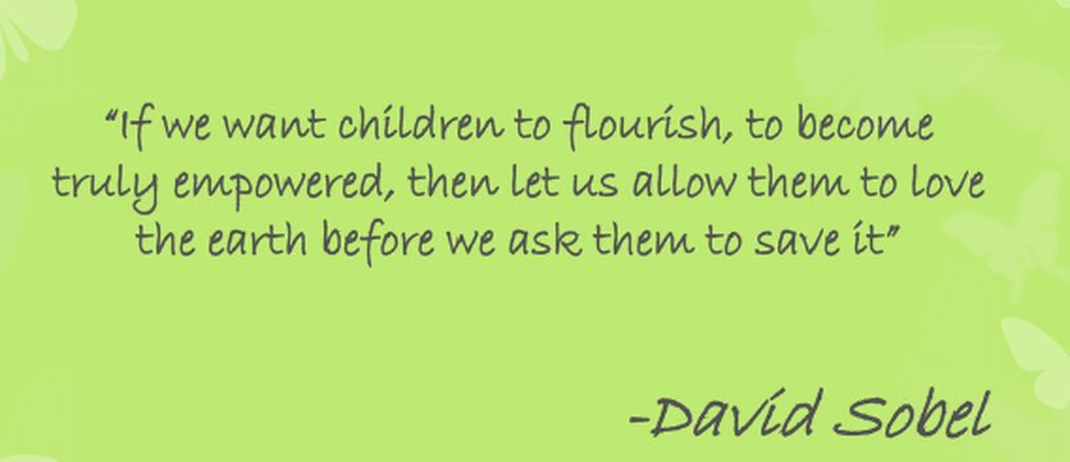
"The challenge for parents and educators is to match activities and engagements with the periods of development in childhood. First, children need to develop emotional empathy for the creatures of the natural world. Next, they need safe opportunities to explore their urban and rural landscapes, and finally, they need to have opportunities to work on problems in their local communities." David Sobel's Beyond Ecophobia: Reclaiming the Heart of Nature Education explains this phenomenon. Click on the image below to read an excerpt.
The Gold Standard in Environmental Education & Outdoor Teaching:
- Strive to eliminate bias and preconceptions about student interests and abilities
- Perceive student perspectives, cultures, interests and contributions as assets
- Inspire with "wild nature" experiences
- Engage with authentic and relevant investigations
- Empower through "voice and choice" to solve real-world problems
TRANSLATING RESEARCH INTO TEACHING PRACTICE:
The Way Teachers Perceive Outdoor Learning Affects the Opportunities Students Receive
|
Educators face a number of challenges that limit how (and whether) they engage students in outdoor learning. Creating solutions can result in expanded opportunities for children to learn outdoors.
van Dijk-Wesselius, van den Berg, Maas and Hovinga, "Green Schoolyards as Outdoor Learning Environments: Barriers and Solutions as Experienced by Primary School Teachers" https://www.frontiersin.org/journals/psychology/articles/10.3389/fpsyg.2019.02919/full |
Campuses that lack natural areas can be daunting for educators interested in teaching outdoors. Even without the means to remove asphalt or transform pavement into "living" schoolyards, other solutions exist - from observing "pocket worlds" to planting container gardens, investigating weather, attracting birds, or participating in community science projects.
https://www.edutopia.org/article/learning-outdoors-urban-areas/ |
These Tips and Techniques for Teaching Outdoors can help teachers and non-formal educators prepare for successful learning experiences, find resources and people to assist, and explore approaches that are easy and effective "gateway" experiences, all of which increase the likelihood that their students will get to learn outdoors.
Hightower, Jerry and Giroux, Petey |
TRANSLATING RESEARCH INTO TEACHING PRACTICE:
The Way Students are Taught Can Improve Understanding and Academic Gains
|
Research on how children learn science led to the design of a "3-dimensional approach" that engages children in use of science and engineering practices to make sense of core ideas, and understanding crosscutting concepts that connect science disciplines.
National Academies Press, "Framework for K-12 Science Education," 2011. |
The value of project-based learning (PBL) in high-poverty communities has been revealed by research. Participation in PBL can improve performance in academic areas compared to a control group receiving traditional classroom instruction.
Nell Duke and Anne-Lise Halvorsen, "The Impact of Project-Based Learning on Student Achievement," 2017. |
Both children's health and academic performance are improved through learning outdoors.
Children And Nature Network, "Building a National Movement: Green Schoolyards for Healthy Communities" |
TRANSLATING RESEARCH INTO TEACHING PRACTICE:
The Way Students are Taught Can Increase Relevance, Inclusion, and Persistence
|
Girls who spent just 6-10 days learning outside were more likely to keep their science grades up and understand how science works than girls who learned indoors.
Kathryn T. Stevenson, Rachel E. Szczytko, Sarah J. Carrier & M. Nils Peterson (2021) How outdoor science education can help girls stay engaged with science, International Journal of Science Education |
At early ages, girls and children of color are highly interested in STEM learning, though they are less well represented in the STEM field as they age. STEM projects that focus on real-world environmental and social justice outcomes engage and retain girls and children of color in STEM learning.
Ebony McGee, "The Equity Ethic: Black and Latinx Students Re-engineer their Careers toward Justice," 2018. |
Children of color and all girls are underrepresented in STEM college majors and career paths. Yet "girls and underrepresented youth feel strongly about creating impact to serve their communities and the wider world. This means that recruiting should focus on marketing the impact that girls can have through STEM first, with less focus on gadgets and technical toys." Sammet, K. & Kekelis, L., 2016. Changing the Game for Girls in STEM: Findings on High Impact Programs and System-Building Strategies
|
Misalignment between learners' lived experiences and the way that environmental science is taught can result in student passivity and detachment.
Albert Zyer and Elin Kelsey, "Environmental Education in a Cultural Context," International Handbook of Research on Environmental Education (pp.206-212), 2013. |
“Project-based instruction... draws in more people because it addresses problems people see as relevant,” A 2008 study from National Academy of Engineering asked kids if they wanted to be engineers: Girls were twice as likely to say no. But when asked if they would like to design a safe water system, save the rainforest, or use DNA to solve crimes, girls answered yes.
Changing the Conversation: Messages for Improving Public Understanding of Engineering. Washington, DC: National Academies Press. 2008 |
TRANSLATING RESEARCH INTO TEACHING PRACTICE:
The Way Students are Taught Can Foster a Lifelong Environmental Ethic
- Childhood Experiences Provide Pathways to Pro-Environmental Behaviors as Adults . . .
but the "nature gap" means those pathways may differ by income level and race
|
When asked what motivated them to take action to protect the environment, the majority of respondents told of nature experiences as a child, and of an older relative who affirmed their interest in nature. Education, organizations, career plans, seeing habitat destruction or pollution, and a sense of social justice were other motivations. Louise Chawla, "Learning to Love the Natural World Enough to Protect It," 2006.
|
Childhood experiences exploring "wild" nature as well as hiking, camping, hunting and gardening, had the highest correlation to pro-environmental behaviors and attitudes in adulthood. School-based environmental education had no correlation to pro-environmental attitudes or behaviors in adulthood.
Nancy Wells and Kristi Lekies, "Nature and the Lifecourse: Pathways from Childhood Nature Experiences to Adult Environmentalism" 2006. |
There is more than one path to becoming an adult who cares about the environment. Childhood exposure to toxins, hazardous waste dumps, and pollution near home or hope for environmental justice can inspire pro-environmental behaviors and attitudes.
To learn more, read Dorceta Taylor's seminal research in Race, Class, Gender and Environmentalism, |
Environmental Education Can Be Depressing and Disengaging
|
TRANSLATING RESEARCH INTO TEACHING PRACTICE:
The Way Students are Taught Can Introduce or Alleviate Eco-Anxiety
|
Exposure to nature can alleviate anxiety among elementary school children
Increased exposure to nature reduces elementary students' anxiety. Rıan, S. W., & Coll, K. M. (2021) Ecopsychology. https://doi.org/http://dx.doi.org/10.1089/eco.2020.0070 |
Eco-anxiety can motivate action or can lead to feelings of powerlessness and hopelessness.
This special Frontiers edition explores research into both phenomena. https://www.frontiersin.org/articles/10.3389/fpsyg.2022.981814/full |
Project-based learning can positively affect attitudes; foster competence. Students said PBL helped them gain confidence solving problems and contributed to "permanent learning."
Murat Ginc, "The Project-based Learning Approach in Environmental Education," International Research in Geographical and Environmental Education 24(2):105-117, Dec. 2014. |
TRANSLATING RESEARCH INTO TEACHING PRACTICE:
The Way Students are Taught Can Empower Them to Solve Environmental Problems -
and increase their optimism and belief in their own ability to make a difference in the world
1) Graduated Challenges Improve Students' Knowledge, Competence, and Self-Efficacy
|
Being well-informed about environmental systems and issues does not result in making choices or taking actions to protect the earth. Bite-sized, student-directed projects contribute to children's sense of "self-efficacy" and feeling that they can make a difference in the world (their "locus of control").
“When children have satisfying experiences in the world nearby, they are motivated to explore further; and with each feature of the environment that they come to understand and each challenge that they overcome, they build greater levels of environmental knowledge and personal competence.” Source: Louise Chawla, "Growing Up Green: Becoming an Agent of Care for the Natural World." |
2) Environmental Stewardship is More Meaningful for Young People When Student-Directed
|
"The ethical environmental educator seeks to let learners figure things out for themselves based on evidence and investigation." This article about self-efficacy in environmental problem-solving references Hart's Ladder of Participation as a measure of student engagement. The author also makes the case for philanthropists to support student efforts through funding, mentoring, and power-sharing. Source: Charles Orgbon, "Youth-Grown Environmental Solutions," 2019.
|
3) Childhood Experiences in "Wild Nature" Influence Adult Behaviors and Attitudes
Childhood experiences exploring "wild" nature, as well as hiking, camping, hunting and - to a lesser extent - domestic nature experiences such as gardening, had the highest correlation to pro-environmental behaviors and attitudes in adulthood. Surprisingly, school-based environmental education experiences were found to have no correlation to future environmental attitudes or behaviors. The concept map below shows the correlations between childhood experiences and adult environmental attitudes and behaviors. Solid lines with numbers identify the extent of correlations. Dashed lines indicate no significant correlation. Source: Nancy Wells and Kristi Lekies, "Nature and the Lifecourse: Pathways from Childhood Nature Experiences to Adult Environmentalism," 2006.
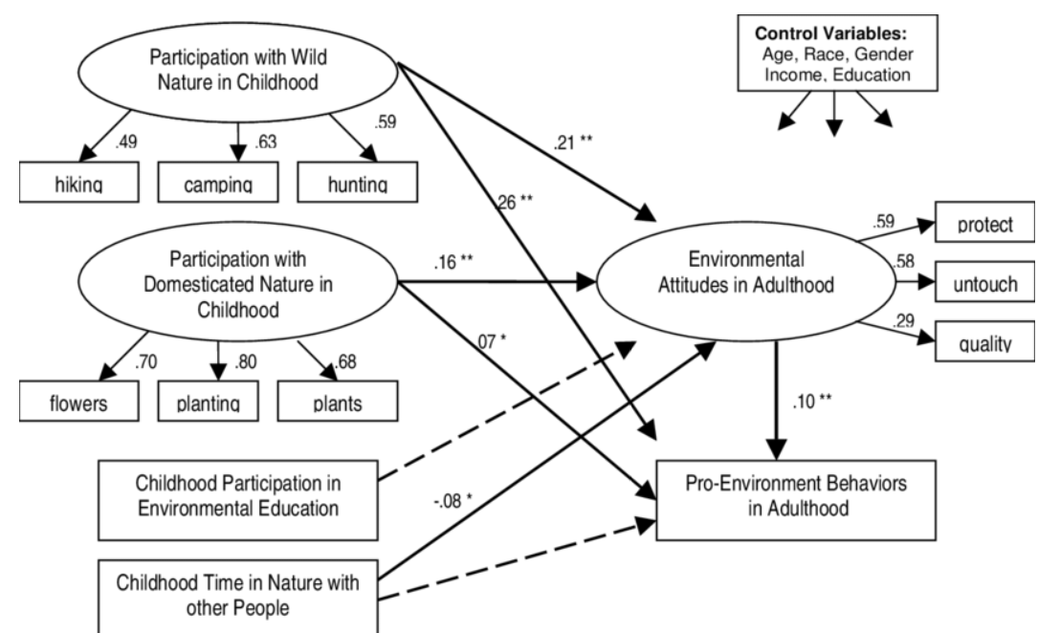
Summary of Research Results
TRANSLATING RESEARCH INTO TEACHING PRACTICE:
The Way Science is Taught, Interpreted and Applied Can Affect Communities Differently
The Way Science is Taught, Interpreted and Applied Can Affect Communities Differently
|
|
Practice Brief 71
Center Equitable and Just Solutions in Environmental Education |
WHAT RESEARCH TELLS US ABOUT
SPACES AND SETTINGS FOR OUTDOOR LEARNING
TRANSLATING RESEARCH INTO DESIGN PRACTICE:
The Way Schoolyards are Designed and Used Can Affect Student Learning
|
Simply providing nature-rich areas in schoolyards does not guarantee use of natural spaces by children or teachers. Professional development for teachers is a key factor in whether wooded areas are used for outdoor learning. Source: Zhang, Z., Stevenson, K. T., Martin, K. L., (2021). Exploring geographical, curricular, and demographic factors of nature use by children in urban schoolyards in Raleigh, NC, USA. Urban Forestry & Urban Greening, 65
|
Schoolyard greening is a viable intervention in reducing the health equity gaps and improving children’s health regardless of their racial or ethnic backgrounds or residential neighborhood socioeconomic status
Source: The Impact of Schoolyard Greening on Children's Physical Activity and Social-Emotional Health |
The vision of an educational landscape calls for nothing short of a complete and total revaluing and re-programming of school grounds.
Source: Takahashi, Nancy: Developing School Grounds as Learning Spaces Virginia Univ., Charlottesville. Thomas Jefferson Center for Educational Design. |
More information about . . .
|
Relevant EE & Outdoor Learning
|
EEA's Workshops and Short Courses
|
|
The Council of Outdoor Learning (CoOL) is an EEA initiative that focuses on the design, development, use, sustainability, and longevity of outdoor learning environments at schools, nature centers, and elsewhere; and promotes research-informed practices for effective student and environmental outcomes. CoOL provides a Toolkit for creating outdoor learning spaces, hosts an annual Outdoor Learning Symposium to share resources and strategies for teaching outdoors, curates a collection of outdoor learning activities that are integrated with state standards, supports OL providers, and offers customized professional development workshops and webinars for teachers and non-formal educators.
|
|
Environmental Education Alliance, Inc.
P.O. Box 801066 | Acworth, GA 30101 EEA does not does not discriminate on the basis of race, color, national origin, sex, age, or disability in its program , activities, or employment. For more information on EEA's non-discrimination commitment click here . Grievance officer may be contacted at [email protected] |
Proudly powered by Weebly
|

